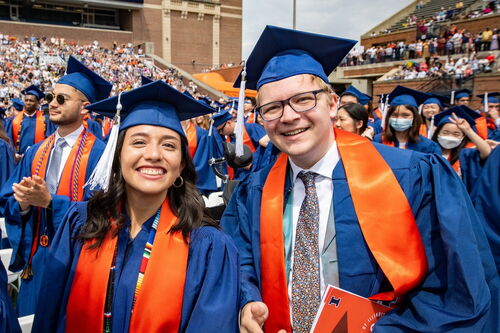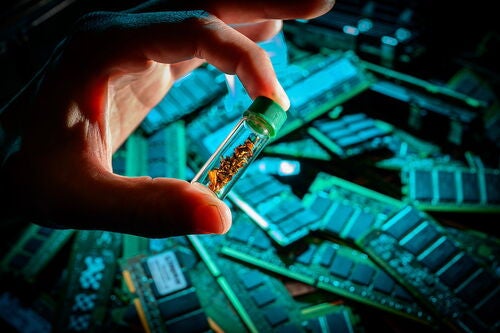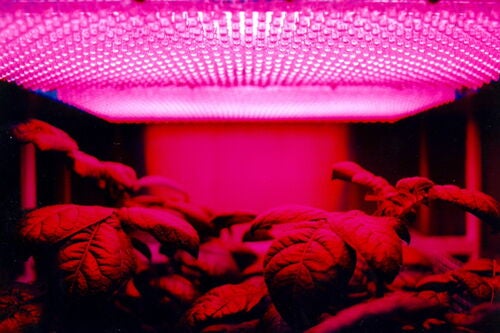The paper trail to a breakthrough idea
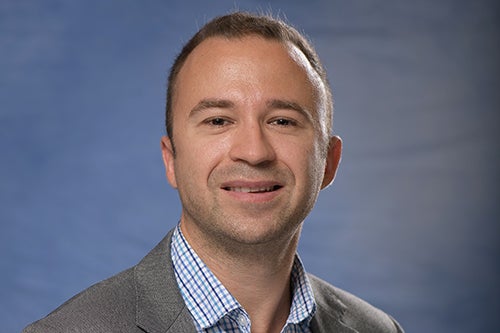
Science is a forward-looking endeavor. New ideas replace old ideas which are put on the shelf or forgotten like phlogiston. But what about the old ideas that weren’t wrong? Who looks back over their shoulder and sees them before they’re gone?
Alexander Mironenko, a professor of chemical and biomolecular engineering, remembers when he began to see the theories of the late Erich Hückel in a new light. It was autumn 2018 and he was a prestigious Kadanoff-Rice Postdoctoral Scholar at the University of Chicago with a pending faculty appointment at the University of Illinois. It was a promising time but Mironenko was lonely and homesick; he had family back in Russia and his wife was in Delaware finishing her degree. Mironenko spent his days working in a windowless office or reading scientific journals in coffee shops and his apartment in Hyde Park. He thought about his work everywhere.
Mironenko is a theoretical scientist specializing in catalysts. Estimating the strength of various chemical bonds is critically important to business and manufacturing, but since the 1980s the prevailing quantum mechanical methods of predicting the energy needed to form and break these bonds have become labor-intensive and expensive. Mironenko believed that there were fundamentally simpler ways to predict bond strength; finding them became the pillar of his research.
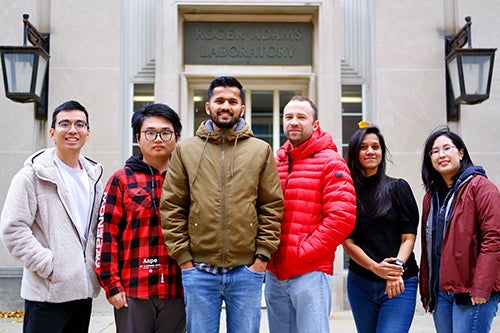
Originally from the Siberian city of Omsk, Mironenko came to the United States after earning his undergraduate degree from Omsk F.M. Dostoevsky State University. He earned a master’s degree at University of Kansas and a doctoral degree in chemical engineering from the University of Delaware in 2018. Mironenko carries a warm demeanor and explains his ideas patiently; when Mironenko was in high school he was featured by the local newspaper after he scored in the top 16 in the nation in the Unified State Exam in Chemistry, which many Russian high schoolers take before entering college. The story described him as friendly and engaging with an interest in everything from biology to astronomy and guitars. Chemistry had a special hold on him, however, and by the time he was a young man he had devoted his career to understanding molecules.
Theoretical scientists such as Mironenko read—a lot—and that’s how Mironenko’s train of thought led to Erich Hückel. Mironenko didn’t believe that you could improve chemical bond strength predictions by adding layers to current methods. The problem needed a new approach, so Mironenko began reading through past studies dating back as far as half a century to better understand the origins of current methods. He was impressed by past scientists who’d made foundational discoveries without computers. What if, Mironenko thought, there was an old idea that could help solve this 21st century problem?
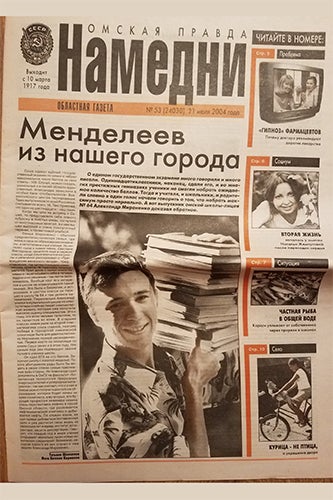
In the mid-1980s chemical engineers began developing simpler, less expensive methods to estimate chemical bond strength, called interatomic potentials. However, mathematical formulas that constituted those approaches were obtained by trial and error and were to some extent arbitrary. Hoping to develop an easier and more systematic method, Mironenko dug back further in the scientific literature and came across a paper written in 1973 by John D. Weeks, now a distinguished emeritus chemistry professor at the University of Maryland, then under the supervision of the late Philip W. Anderson, a theoretical physicist and Nobel laureate from Harvard who’d grown up in Urbana as the son of a plant pathology professor.
In the paper, Mironenko said, Weeks and Anderson had shown, perhaps without realizing it, how a 1931 theory by Erich Hückel had potential to simplify and systematize the development of interatomic potentials. It could help explain some of the molecular behavior that Mironenko was interested in.
Hückel was a German chemist and physicist whose ideas in the 1920s and 1930s gave us some ideas about the shape and behavior of a type of highly important molecules that are present in gasoline, released during burning of wood, and even implicated in the origin of life. According to historical accounts, Hückel’s refusal to collaborate with Nazis during the 1930s and 1940s stymied his research during a key point in his professional career. By the time Hückel died in 1980 his ideas were considered to be effective educational tools, but without much practical application. After reading Weeks and Anderson’s paper, however, Mironenko came across an element of Hückel’s theory that had an unexpected similarity to modern quantum mechanics.
Mironenko smiles as he recalls what happened next. The Hyde Park apartment where he was living in 2018 faced Lake Michigan, which was an inspiring backdrop to what he deemed to be a “crazy idea.” He wondered if Hückel’s work, instead of being just the stuff of textbooks, could be refined to help eliminate some of the complications of estimating bond strength.
“I started playing with equations, at some point I started to realize that some of it looked pretty elegant and simple,” he said. “I just plugged it in and ran the code and it suddenly worked. I couldn’t sleep that night, it was so exciting.”
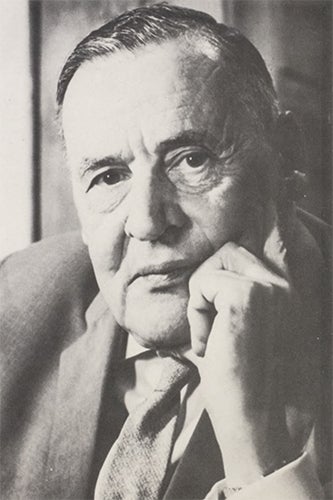
Mironenko spent the following years working on recasting the Hückel theory. He arrived at the University of Illinois in 2020 and graduate students joined his research effort. With Hückel’s work as an underpinning, Mironenko said, they began to predict strengths of certain bonds even more accurately than they could with modern methods, at very low cost. It was, Mironenko said, the most significant discovery of his career to this point.
At first doubters dismissed his findings because they didn’t believe it would work beyond a hydrogen molecule—relatively simple in the world of atomic bonding—but Mironenko and his research team refined the framework to show its potential for more complicated molecules. Their initial findings were accepted for publication; Mironenko’s paper, Analytical and Parameter-Free Hückel Theory Made Possible for Symmetric Hx Clusters, appeared in the Journal of Physical Chemistry A in September 2023.
“The new method holds promise of revolutionizing quantum chemical computations of properties of molecules, catalysts, and materials, as well as new chemical reactions, by making them much more affordable,” Mironenko said. “The article shows that Hückel theory, which dates back to 1931, can be made analytical, non-empirical, and as accurate as state-of-the-art methods for predicting energetics of chemical bonds.”
In his office now in Roger Adams Laboratory, Mironenko is excited. The paper last fall was just the beginning of his findings that began back in Chicago and Hyde Park; Mironenko believes that the mathematical framework they’re developing can apply to more complicated molecules, including metals.
“I tell my students, ‘Don’t be afraid to read old literature and don’t just think it’s all irrelevant and we should only read recent papers,’” Mironenko said. “For a really transferrable discovery you don’t want to do what everyone else is doing. If everyone else in the community is reading the same papers or using the same tools, the chances are whatever you produce is going to be similar.”
It’s important to note, he added, that the discoveries he’s making now began by looking at old theories in a new light. The shelves in his office are loaded with reading material. After all, the seeds of new ideas might be found in unlikely places. They may have been waiting there for a very long time.






